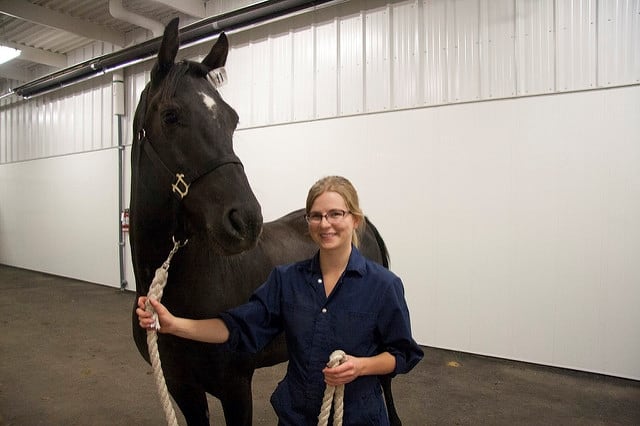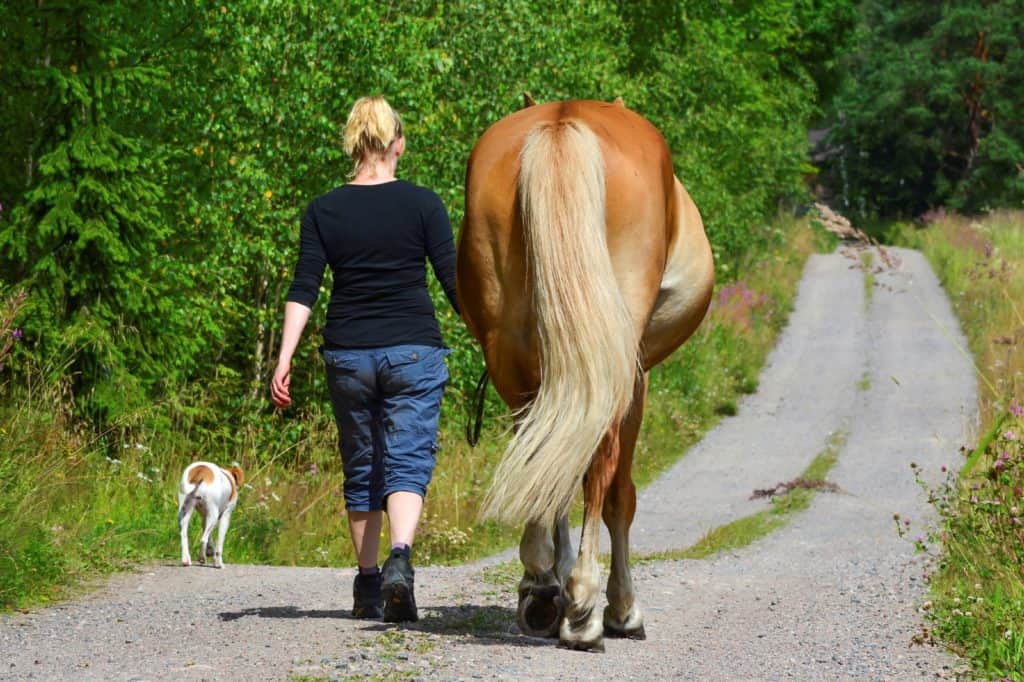
What We’re Learning About Senior Horses
Hot topics include digestion, metabolism, soft tissue injuries, and inflamm-aging.

Hot topics include digestion, metabolism, soft tissue injuries, and inflamm-aging.

If my horse gets a cut, how can I tell if it’s severe enough to require a veterinarian to suture it?

Cortes ‘C’ sustained an injury during the first round of the team competition on Aug. 16.

Injecting bone marrow aspirate into core SDFT lesions yielded good results for returning racehorses to competition.

Your horse is wounded, bleeding, or critically ill: What should you do? Get advice from our expert!

Researchers found that hard surfaces, shallow footing depths, and compacted footing could increase horses’ injury risk.

PET reveals activity at the molecular level and detects changes in tissue before the size or shape is modified.

Soft tissue damage resulted in a larger increase in SAA levels than bone and joint injuries, researchers found.

An accurate diagnosis with MRI can play a significant role in a horse’s long-term return to activity after DDFT injury.

Confinement is difficult but often necessary for healing. Learn how to keep horses healthy while on stall rest.

Researchers hope study results will help them establish guidelines for administering nerve blocks in horses’ hind limbs.

Standardbreds training over shorter distances lost fewer training days to injury, but still raced successfully.
Research topics include musculoskeletal and respiratory issues, parasites on stud farms, early pregnancy loss, and more.

Even small deviations in sensor placement can result in an inaccurate hind-limb lameness diagnosis, researchers found.
Dr. John Pigott will provide service in sports medicine, regenerative therapy, and elective and emergency surgery.

Suspensory ligament disease, a leading cause of poor performance in horses, can be challenging to manage.
Stay on top of the most recent Horse Health news with
"*" indicates required fields